NASA APOD #634-642
#634 Comet Hale-Bopp's Developing Tails
Credit: March 14, 1997
“Comet Hale-Bopp is living up to its expectations. Besides the brightness of its coma, a comet is typically remembered by the length of its tails. As visible in the above picture taken last week, Comet Hale-Bopp's blue ion tail shows a dramatic extension, with current reports of about 20 degrees from dark locations. The comet's white dust tail has so far shown a more modest extent but appears to be growing significantly. Comet Hale-Bopp's closest approach to the Sun occurs in about two weeks, and although it will not get much closer to the Sun than does our Earth, Comet Hale-Bopp is likely to tell even more spectacular tails then."
Copyright: Public domain
#635 The Milky Way's Center
Credit: March 15, 1997
“Although the Earth is round, our Galaxy appears truly flat. This was shown in dramatic fashion by the COsmic Background Explorer (COBE) satellite which produced this premier view of the central region of our own Milky Way Galaxy in infrared light in1990. The Milky Way is a typical spiral galaxy with a central bulge and extended disk of stars. However, gas and dust within the disk obscure visible wavelengths of light effectively preventing clear observations of the center. Since infrared wavelengths are less affected by the obscuring material, the Diffuse InfraRed Background Experiment (DIRBE) on board COBE was able to detected infrared light from stars surrounding the Galactic center and produce this image. Of course, the edge on perspective represents the view from the vicinity of our Sun, a star located in the disk about 30,000 light years out from the center. The DIRBE module used equipment cooled by a tub of liquid helium to detect the infrared light which, composed of wavelengths longer than red light, is invisible to the human eye. "
Copyright: Public domain
#636 Water World
Credit: March 16, 1997
“Water (Dihydrogen Oxide, H2O) is a truly remarkable chemical compound, fundamental to life on Earth. Earth is the only planet in the Solar System where the surface temperature and pressure allow the three forms of water, solid (ice), liquid (ocean), and gas (water vapor condensing in clouds) to exist simultaneously on its surface. Water in one of these forms accounts for everything visible in this view of Earth from space looking north at the Bering Sea and the coast of Alaska, USA, around Bristol Bay."
Copyright: Public domain
#637 Comet Hale-Bopp Over Val Parola Pass
Credit: March 17, 1997
“Comet Hale-Bopp is now much brighter than any surrounding stars. It can be seen even over bright city lights. Out away from city lights, however, it is putting on quite a spectacular show. Here Comet Hale-Bopp was photographed last week above Val Parola Pass in the Dolomite mountains surrounding Cortina d'Ampezzo, Italy. Comet Hale-Bopp's blue ion tale is created when fast moving particles from the solar wind strike recently expelled ions from the comet's nucleus. The white dust tail is composed of larger particles of dust and ice expelled by the nucleus that orbit behind the comet. Recent observations show that Comet Hale-Bopp's nucleus spins about once every 12 hours. Comet Hale-Bopp is now visible in both the early morning and early evening sky, and will continue to brighten this week."
Copyright: Public domain
#638 X-Ray Pleiades
Credit: March 18, 1997
“The Pleiades star cluster is one of the jewels of the northern sky. To the unaided eye it appears as a lovely and tantalizing grouping of stars in the constellation of Taurus, while telescopic views reveal cluster stars surrounded by delicate blue wisps of dust-reflected starlight. To the X-ray telescopes onboard the orbiting ROSAT observatory, the cluster also presents an impressive - but slightly altered - appearance. This color image was produced from ROSAT observations by translating different X-ray energy bands to visual colors - the lowest energies are shown in red, medium in green, and highest energies in blue. (The green boxes mark the position of the seven brightest visual stars.) The Pleiades stars seen in X-rays have extremely hot, tenuous outer atmospheres called coronas and the range of colors corresponds to different coronal temperatures."
Copyright: Public domain
#639 Gamma Ray Burster
Credit: March 19, 1997
“What and where are the Gamma-Ray Bursters? Since their discovery in the early 1970s, nobody has been able to explain the cause of mysterious flashes of gamma rays that come from seemingly random directions on the sky. Worse yet, it is even unclear whether these high energy explosions originate in our own Galaxy or in distant galaxies across the Universe. Until late last month, these bursters were known only by their gamma-ray flashes - no counterpart had been seen at any other wavelength. But on February 28, an Italian/Dutch satellite known as BeppoSAX detected what may well be X-rays from a burster, eight hours after the gamma-ray flash. The discovery image is shown above. Still hours later, using the position provided by this X-ray image, ground-based telescopes recovered an even better located variable optical source which also seems to be related to the burster. Dramatically, this optical transient has faded now. In its place lies a steady source that appears to be a dim, distant galaxy. Did this Gamma-Ray Burst originate in the distant galaxy? If so, it answers one facet of one of modern astronomy's greatest controversies. If not, this would not be the first fortuitous coincidence to mislead astronomers. Future satellite and ground-based observations will tell."
Copyright: Public domain
#640 Springtime Comet Fever
Credit: March 20, 1997
“Today marks the Vernal Equinox, the first day of Spring for planet Earth's northern hemisphere. Despite recent attempts by other spectacular and dramatic celestial events to take center stage, Comet Hale-Bopp remains the most popular object in the sky (according to APOD access logs!) and is likely to make this spring memorable for many. Gorgeous pictures of the comet with its delightful tails - this one taken March 16 - make this outbreak of "comet fever" understandable. Will the Earth pass through the lovely tails of Hale-Bopp? No, but the Earth has made similar journeys in the past. In fact, tales are often told of our planet's 1910 passage through comet Halley's tail. Anticipation of this event caused hysteria as it followed close on the heels of the spectroscopic detection of CN, poisonous cyanide, as a gaseous constituent of cometary tails. However, stretching for millions of miles, awe-inspiring comet tails are actually an extremely tenuous, nearly perfect vacuum and don't pose a danger to life on Earth."
Copyright: Public domain
#641 Io's Surface: Under Construction
Credit: March 21, 1997
“Like the downtown area of your favorite city, the roads you drive to work on, and any self-respecting Web site ... Io's surface is constantly under construction. This moon of Jupiter holds the distinction of being the Solar System's most volcanically active body -- its bizarre looking surface continuously formed and reformed by lava flows. Generated using 1996 data from NASA's Galileo spacecraft, this highest resolution composite image of Io is centered on the side of Io that always faces away from Jupiter. It has been enhanced to emphasize Io's surface brightness and color variations, revealing features as small as 1.5 miles across. The notable absence of impact craters suggests that the entire surface is covered with new volcanic deposits much more rapidly than craters are created. What drives this volcanic powerhouse? A likely energy source is the changing gravitational tides caused by Jupiter and the other Galilean moons as Io orbits the massive gas giant planet. Heating Io's interior, the pumping tides could generate the sulfurous volcanic activity."
Copyright: Public domain
#642 M64: The Sleeping Beauty Galaxy
Credit: March 22, 1997
“The Sleeping Beauty galaxy may appear peaceful at first sight but it is actually tossing and turning. In an unexpected twist, recent observations have shown that the center of this photogenic galaxy is rotating in the opposite direction than the outer regions! Stranger still - there is a middle region where the stars rotate in the opposite direction from the surrounding dust and gas. The fascinating internal motions of M64, also cataloged as NGC 4826, are thought to be the result of a collision between a small galaxy and a large galaxy - where the resultant mix has not yet settled down. "
Copyright: Public domain
Upvote! Resteem! Comment! As you like it! Thank you for attention!
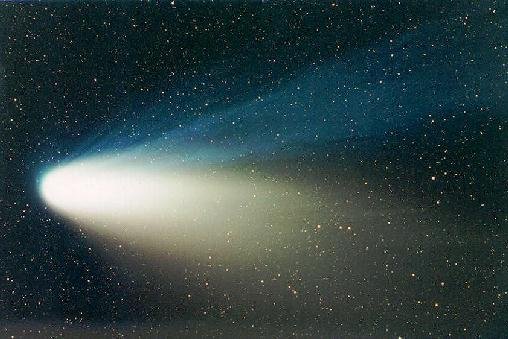
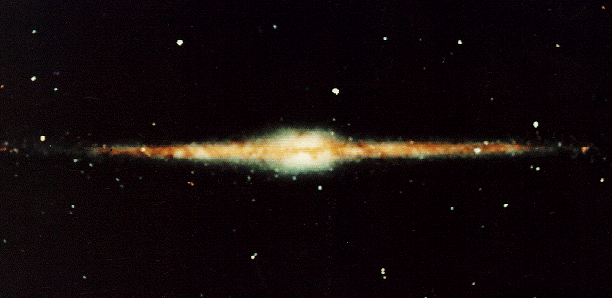

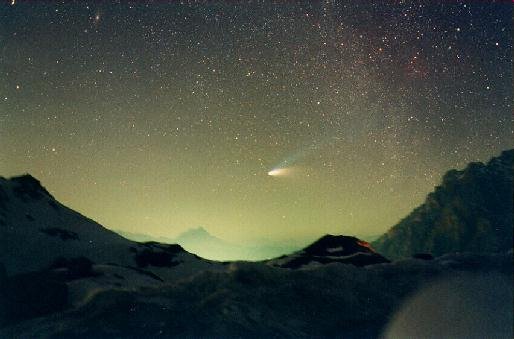
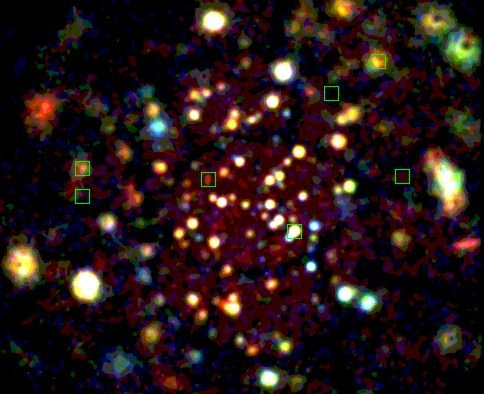
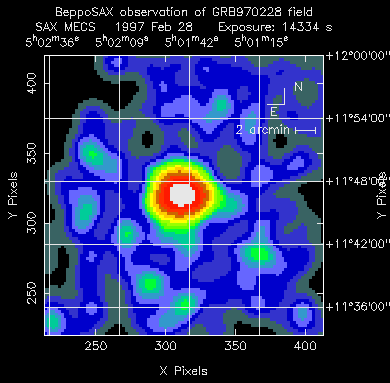
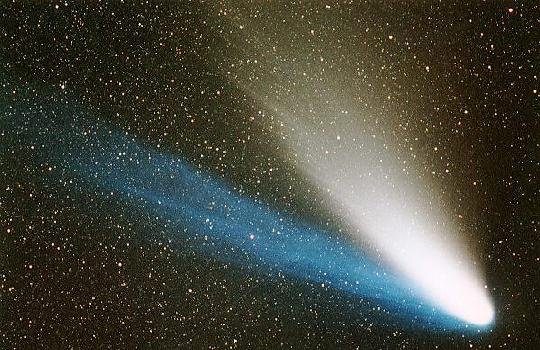
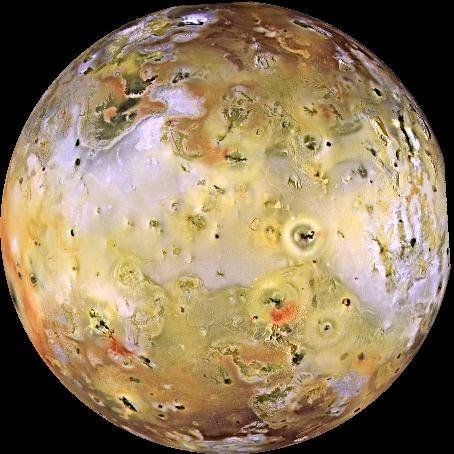
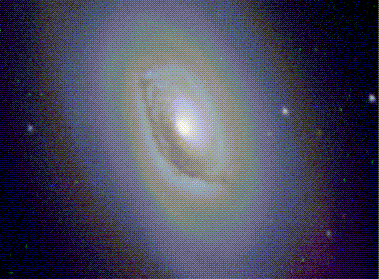
Resteemed to over 5800 followers and 100% upvoted. Thank you for using my service!
Send 0.100 Steem or 0.100 Steem Dollar and the URL in the memo to use the bot.
Read here how the bot from Berlin works.
@resteem.bot